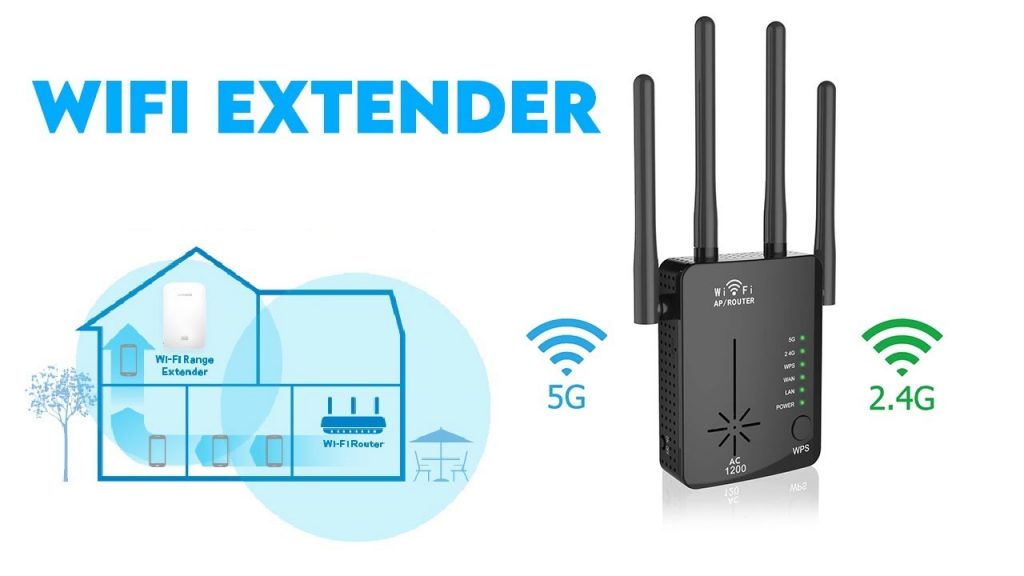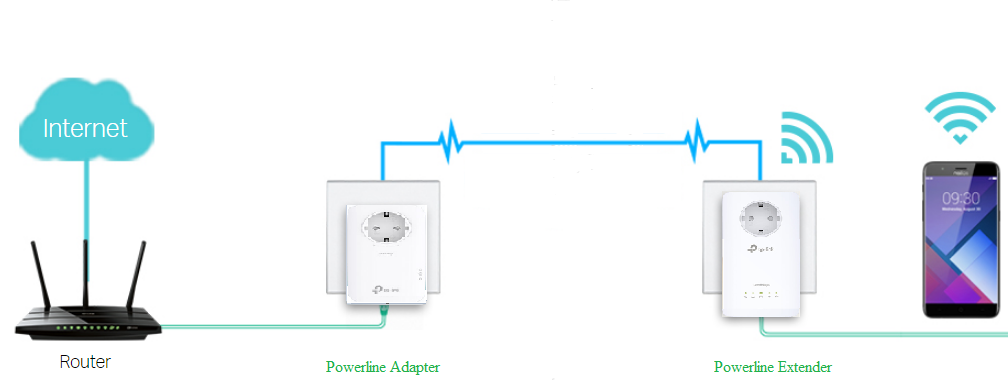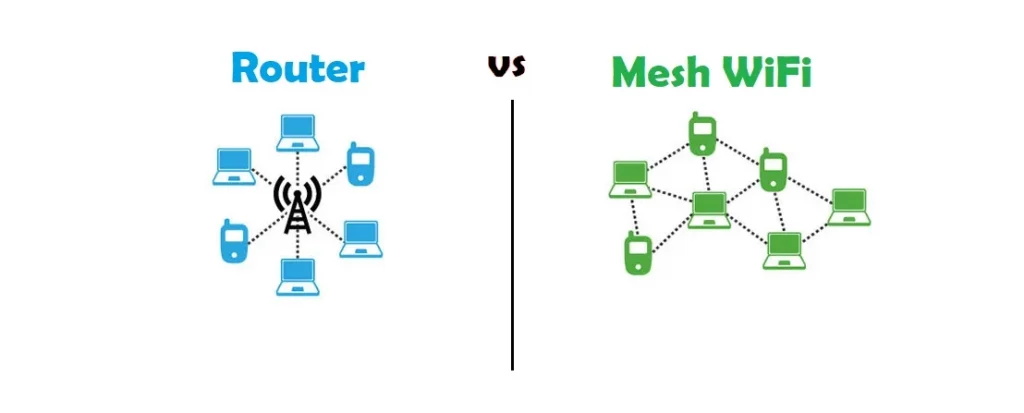
Improving internet coverage in a house involves optimizing your Wi-Fi network and considering additional hardware to enhance signal strength. Here’s a step-by-step guide to help you set up a better internet coverage in your house:
Understand Your Current Setup:
- Identify the location of your router. The placement of the router plays a crucial role in signal distribution.
- Note the areas in your house with weak or no Wi-Fi coverage.
Router Placement:
- Central Location:
- Place the router in a central spot within your house to ensure that the Wi-Fi signal can reach all areas with minimal interference.
- Elevation:
- Elevating the router can help improve signal propagation. If possible, place it on a higher shelf or mount it on a wall to reduce obstacles like furniture or walls.
Minimize Interference:
- Avoid Electronic Devices:
- Electronic devices such as cordless phones, microwave ovens, and Bluetooth gadgets operate on frequencies that can interfere with Wi-Fi signals. Keep your router away from these devices to reduce interference.
Update Router Firmware:
- Access Router Settings:
- Open a web browser and enter the router’s IP address (usually something like 192.168.1.1) to access its settings.
- Check for Updates:
- Within the router settings, look for a section related to firmware updates. If an update is available, follow the instructions provided by the router’s manufacturer to install it.
Use Wi-Fi Extenders/Boosters:

- Strategic Placement:
- Wi-Fi extenders or boosters should be strategically placed in areas where the Wi-Fi signal is weak. These devices capture the existing signal and amplify it, extending coverage to dead zones.
Consider Powerline Adapters:

- Pairing Adapters:
- Powerline adapters typically come in pairs. One is connected to the router, and the other is plugged into a power outlet in an area with poor Wi-Fi coverage. They use your home’s electrical wiring to transmit data.
Use Mesh Wi-Fi Systems:

- Node Placement:
- Mesh Wi-Fi systems consist of multiple nodes that communicate with each other to create a seamless network. Place these nodes strategically throughout your house to ensure comprehensive coverage.
- Easy Configuration:
- Most mesh systems provide user-friendly apps that simplify the setup process. These apps also allow you to monitor the health and performance of your network.
Change Wi-Fi Channels:
- Access Router Settings:
- Log in to your router’s settings through a web browser.
- Select a Channel:
- Look for the wireless settings and select a different channel. This can help minimize interference from neighboring Wi-Fi networks.
Upgrade Internet Plan:
- Contact ISP:
- Reach out to your Internet Service Provider to inquire about available plans. Consider upgrading to a plan with higher speeds or more bandwidth if your current plan is not meeting your needs, especially if you have multiple devices connected.
Consult with Your ISP:
- Technical Support:
- Your ISP likely provides technical support. Contact them for assistance in optimizing your connection. They can remotely assess your setup and offer recommendations tailored to your specific circumstances.
Regularly Restart Your Router:
- Power Cycle:
- Power cycling involves turning off your router and modem, waiting for about 10 seconds, and then turning them back on. This simple action can resolve temporary issues and refresh your connection.
By understanding and implementing these details, you can significantly improve the Wi-Fi coverage in your house. Adapt these suggestions based on the unique layout and challenges of your living space.